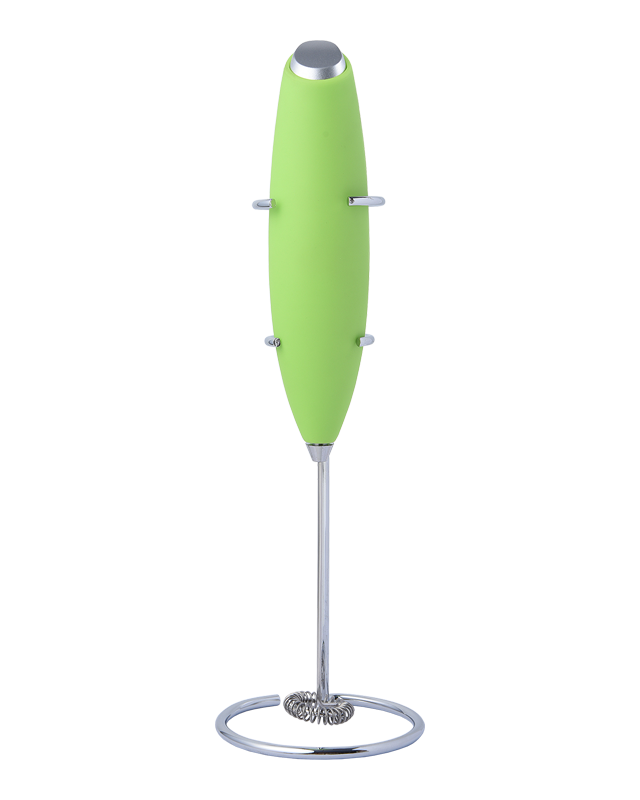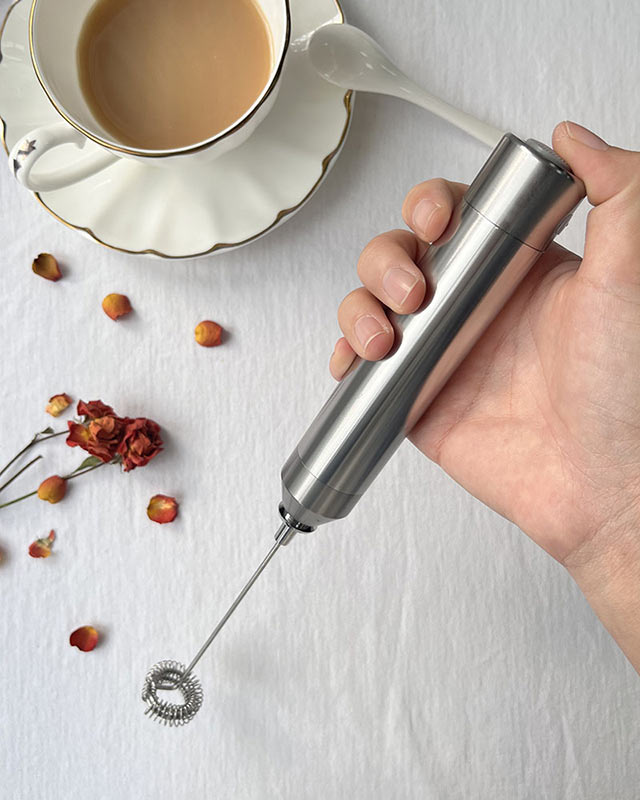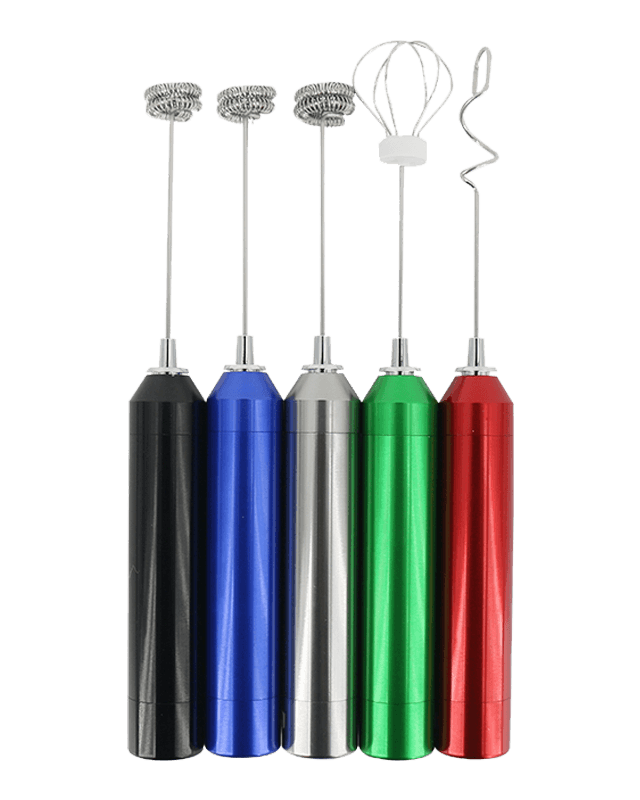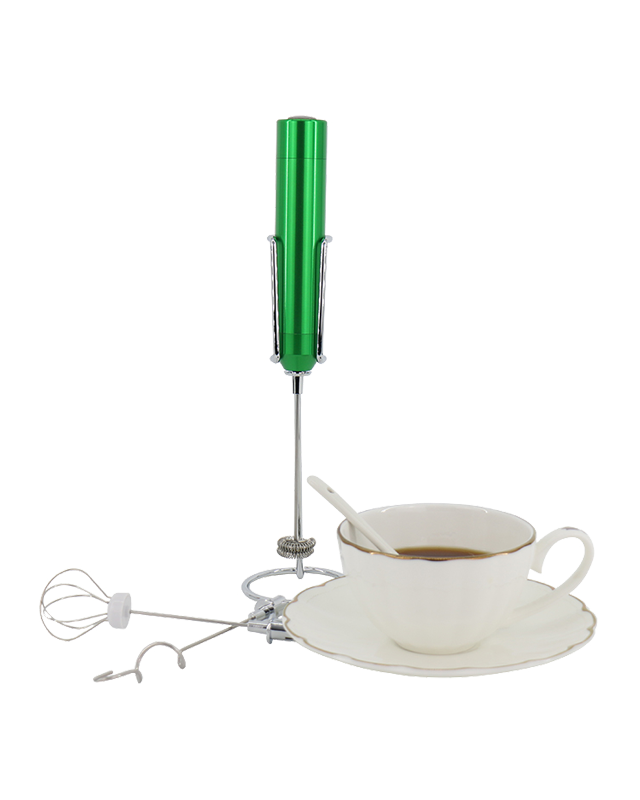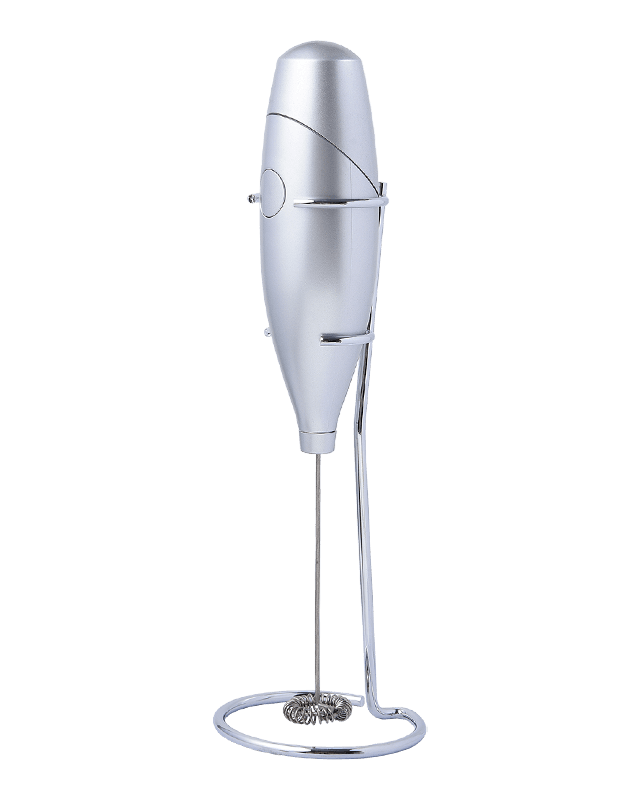Temperature Control Mechanisms
One of the most crucial aspects of Stainless Steel Electric Milk Frother is its temperature control system. Many frothers come equipped with automatic temperature sensors or thermostats that regulate the heat to prevent the milk from being overheated. Milk begins to scorch and develop an undesirable burnt taste when it exceeds 180°F (82°C). By integrating precise temperature regulation, these frothers ensure that the milk is heated to an optimal frothing temperature (usually around 150°F to 160°F). This automatic regulation prevents the milk from reaching temperatures where it might scald or lose its natural sweetness. Some models allow users to set specific temperature preferences, ensuring that the milk reaches the ideal frothing heat without ever exceeding the safe limit for optimal foam formation.
Non-stick Coating
Non-stick coatings are a standard feature in many modern Stainless Steel Electric Milk Frothers, particularly those that offer easy-to-clean surfaces. The interior of the frothing vessel is often coated with a layer of Teflon or ceramic, both of which have smooth surfaces that prevent milk from sticking. This feature ensures that the milk doesn’t form residue or burnt layers on the interior walls of the frother. Non-stick coatings also make it easier to clean the frother after use, as milk residue and stubborn milk sugars (such as lactose) don’t adhere to the surface. The result is a cleaner, more efficient frothing process with less risk of milk buildup, which could otherwise interfere with future frothing cycles and diminish the flavor of subsequent batches.
Magnetic or Induction Heating
Many high-end Stainless Steel Electric Milk Frothers utilize magnetic induction heating, a method that heats the milk directly without the use of traditional heating elements. In induction heating, a magnetic field generates heat directly within the metal of the frother, allowing for uniform heat distribution. This method ensures that heat is evenly applied across the interior surface, avoiding the development of hot spots where milk is more likely to burn. As a result, induction heating promotes consistent frothing without risking the milk being overheated or scorched. This efficient and even heating also allows the frother to work faster, further reducing the risk of milk overheating, making it ideal for both home use and commercial coffee machines that require frequent, rapid frothing.
Frothing Speed Control
The frothing process is influenced not only by temperature but also by agitation speed. The Stainless Steel Electric Milk Frother often includes adjustable frothing speeds, allowing the user to tailor the frothing process depending on the type of milk or foam desired. For example, thicker milk, such as whole milk, requires a slightly higher frothing speed to achieve a rich and creamy texture, while non-dairy alternatives like almond or soy milk benefit from a slower frothing speed to create a lighter, airier foam. By allowing users to control the frothing speed, the frother ensures optimal foam quality and reduces the risk of milk splattering or scorching due to aggressive agitation. Slower speeds help gently heat the milk, preventing excessive friction that could lead to burning or sticking.
Stainless Steel Construction
The stainless steel material used in the frother's construction is not only known for its durability but also for its efficient heat conductivity. Unlike plastic or aluminum, stainless steel provides superior heat distribution, which helps ensure that milk is heated uniformly across the entire frothing vessel. The ability of stainless steel to retain heat also helps maintain the frothing temperature for a longer period of time, preventing temperature fluctuations that might cause the milk to scald. The smooth surface of stainless steel helps minimize milk residue sticking to the walls of the frother. This reduces the risk of milk caramelization and allows the milk to retain its natural sweetness and texture without being negatively affected by burnt milk solids.



 English
English
 Français
Français
 Español
Español
 Deutsch
Deutsch
 日本語
日本語









